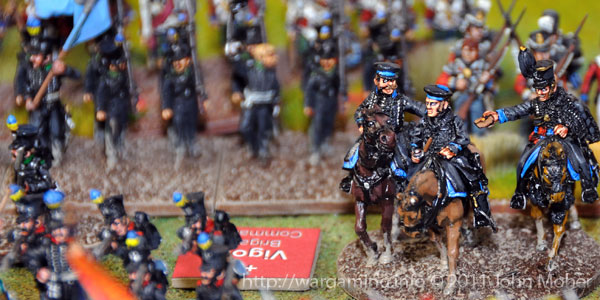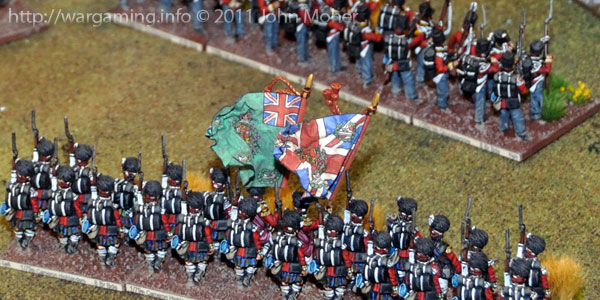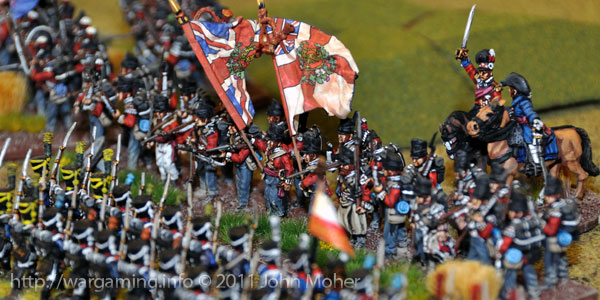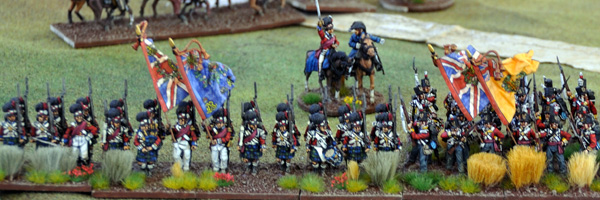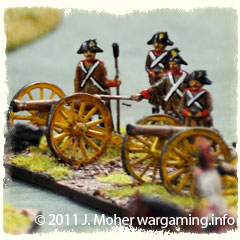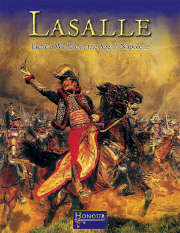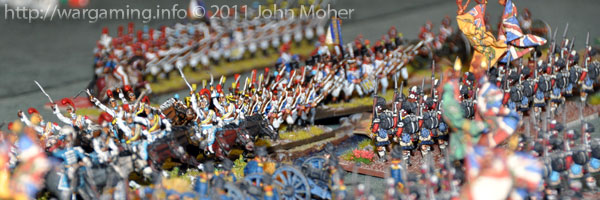
Okay – it’s got nothing to do with Star Trek & Tribbles – but I thought it sounded a cool title for a blog post (and AAR)! Anyway back at the end of July (2011) Cam and I played another Lasalle game – we reverted to the basic Army Builder List of a core force and 1 support option with standard troop values (1815 Hundred Days French & British) – the idea was to try out a proposed alternate scenario that was going to be used in the Lasalle Tournament at “Call To Arms” a convention in Wellington (New Zealand) in the second half of August. The proposed scenario in simple terms made both sides the ‘attacker’ (so Core Force + Attack Bonus + 1 Support Option) and placed 3 objectives instead of 1 on the table – all 3 having to be on the centre line, with one in the table’s dead centre, and one placed by each player not within 4BW or so of either of the others or the table edge. The following is a brief summary of the game with photo gallery…
